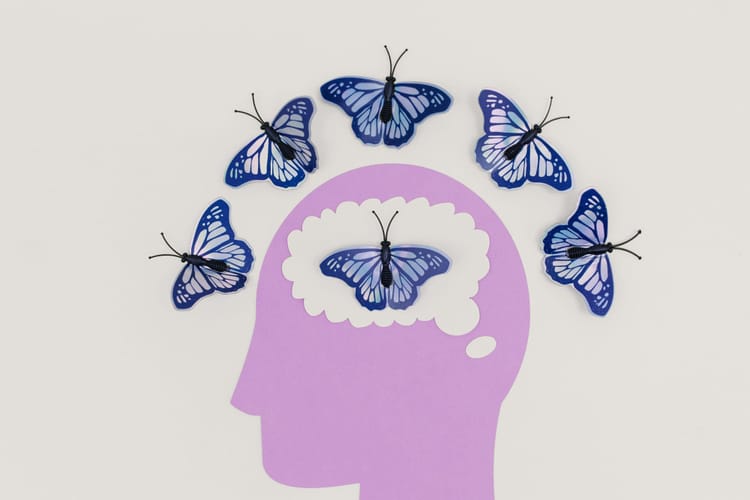The give and take of personal development

“ The beauty of the human mind is that any decision that is made can be unmade.”
— Gay Hendricks
Years ago, on a lovely summer day, walking barefoot across the kitchen, I stepped on a patch of floor where a clear glass dish had smashed that morning. Though my roommate thought he had swept up all the shards, one very small and invisible clear sliver of glass embedded itself into my foot. You know those flaky but sharp bits of glass that are nearly too thin to see and break off when you handle them? An invisible clear sliver like that was in my heel. That morning we were able to tweezer out the tiny whisker of glass that protruded but over the subsequent months the remaining piece would slowly wiggle to the surface, create a tender calloused-over sliver of pain, and again I would dig out and break off the protruding bit. Every few months more came to the surface and the process repeated. It took a couple of years before that sore place was totally healed.
Some of our mental behaviors and bad habits are like that. Something that may be firmly established in your mind about your own value in the world, character traits (I’m so shy! Or loud! or too scattered! My sibling is the artistic one!) become implanted in our minds like a sliver of glass. Our attempts to get them out are temporary. It requires steady consistent work to dig them out. Just like a shard of glass or a thorn that breaks off under the skin. In the moment, you work yourself free, but the roots are still there and the painful effects resurface. Especially beliefs that were planted in your mind as a child can be very persistent.
How do they start?
Barbara Huson discusses this process in her book Wired for Wealth. As a small child, someone older tells you something about the world, and it remains recorded as fact in your brain. It could be a misunderstanding about the cause of an event, or a bully saying something meant to shut you down. Or, as in Barbara’s case, a habit that appears to keep the peace in your household. These mental thorns are difficult to shift due to being incorporated during our formative years while we were learning about the world and how to interact with other humans.
A belief, once internalize as true, continues to live in our minds, shaping the way we walk through our days and make decisions. Especially decisions about our limitations. Although these beliefs feel like TRULY TRUE facts about the world, our commitment to their truth is our own invention. The good news about that is: as your own invention, this fact is completely changeable and needn’t continue impacting your experience of the world in the same way.
Then one day you notice that this belief doesn’t jive with your experience. ‘Wait a minute, I AM creative!?!’ ‘People like me DO get into college’ ‘I thought I shouldn’t disagree with an elder but then my team said they appreciated my idea’. Once this AHA moment arrives, discarding the limiting belief is still not as simple as shedding ill-fitting clothes. A long-established habit will keep resurfacing and take many attempts to snuff (sortof like the T-1000 in Terminator-2). You’ll need to create a new practice - to unlearn that belief.
How to eject them?
Most ‘training’ focuses on learning new tactics / calculations / networking tools etc. Your professional development requires equal parts learning and unlearning. However what is often called ‘mindset’ is mostly about unlearning behaviors that you have internalized that are holding you back.
In the process of setting goals, either a New Year’s resolution, quarterly activity or weekly planning, be sure to focus on one or two things you’re working on unlearning. Don’t just compose a list of new things you hope to obtain over the year. If you’re like me, you also need to choose a bad habit to focus on losing, not just new habits and achievements. You have to keep these unlearning practices at the top of your intentions list, just like new habits, until they stop resurfacing.